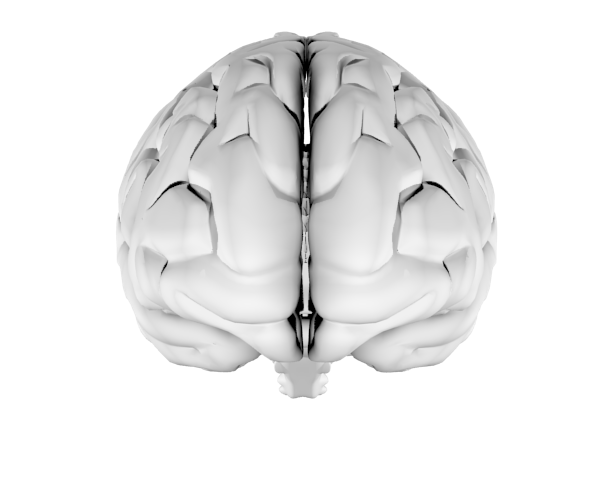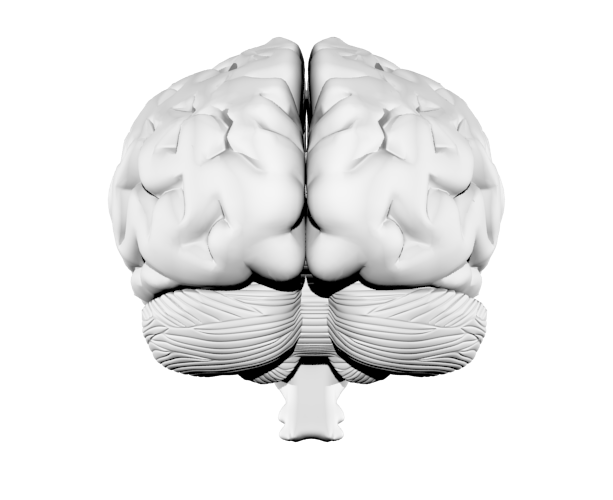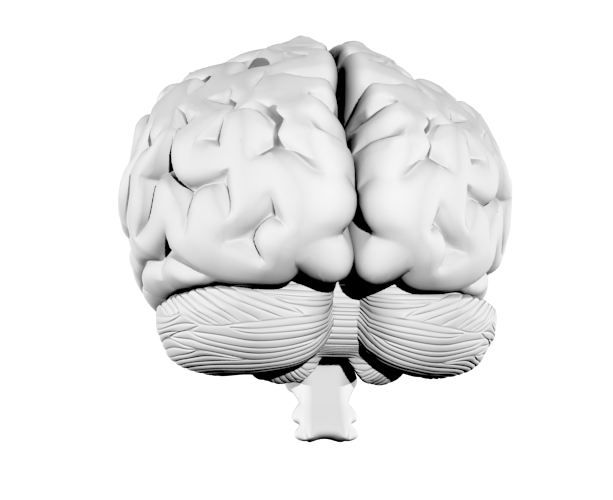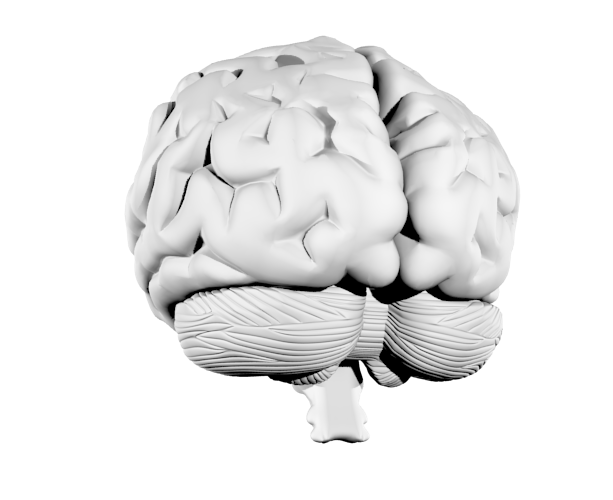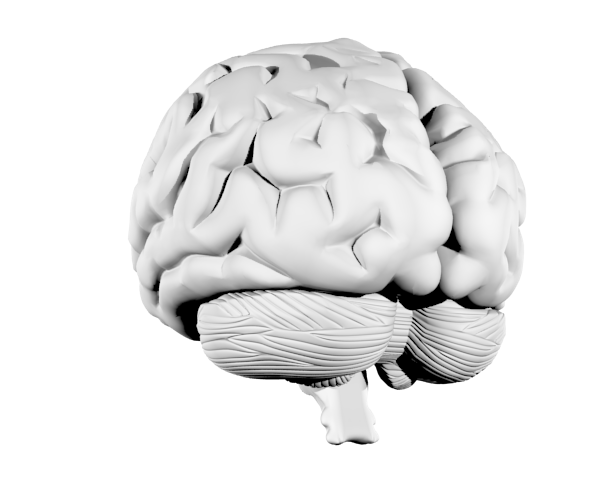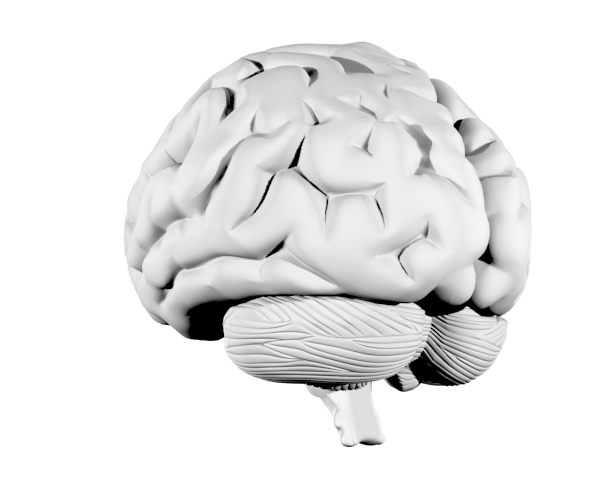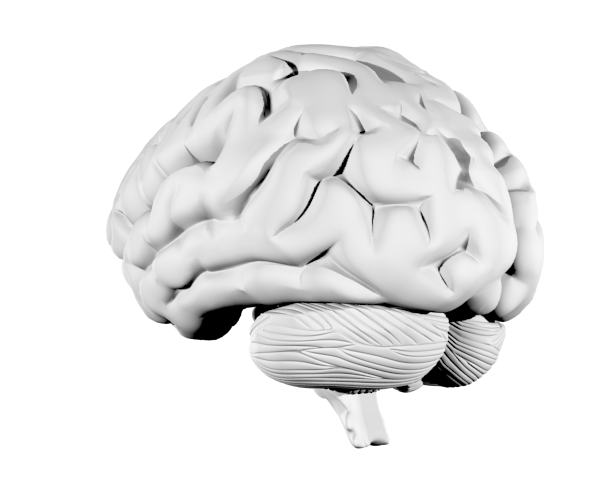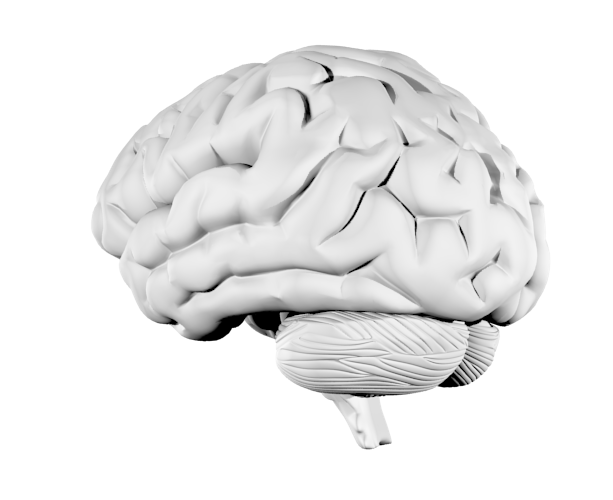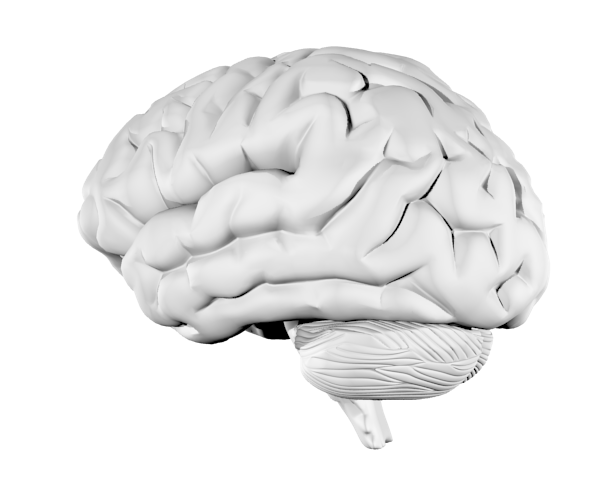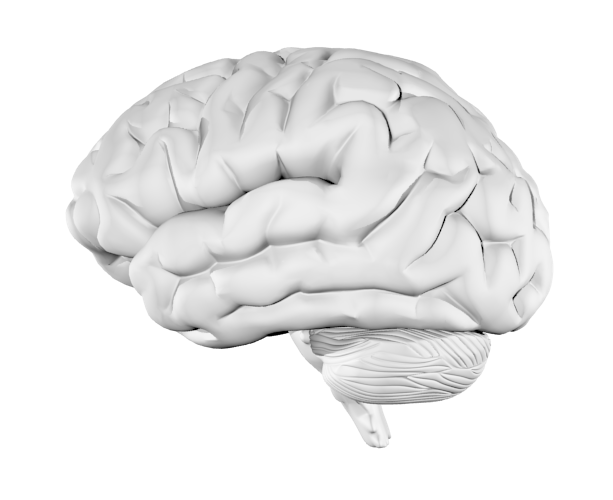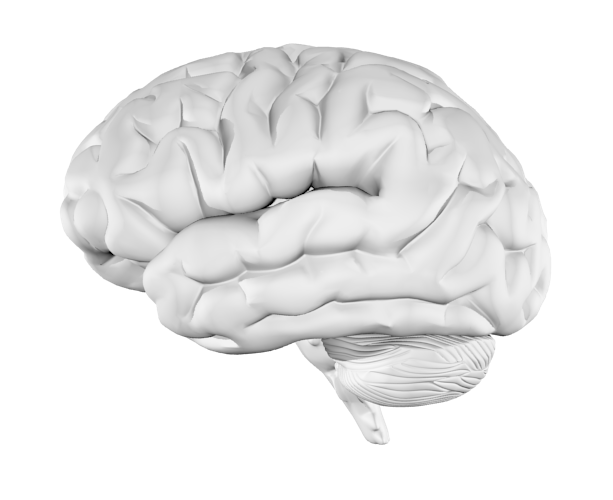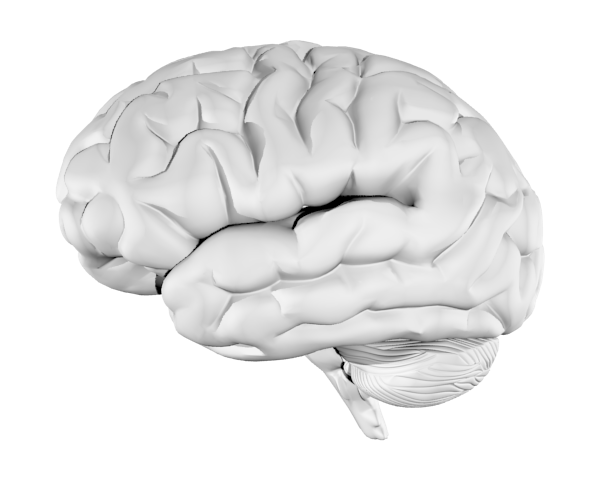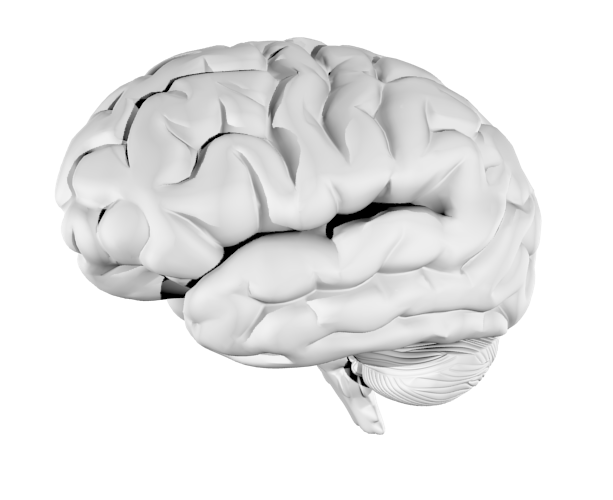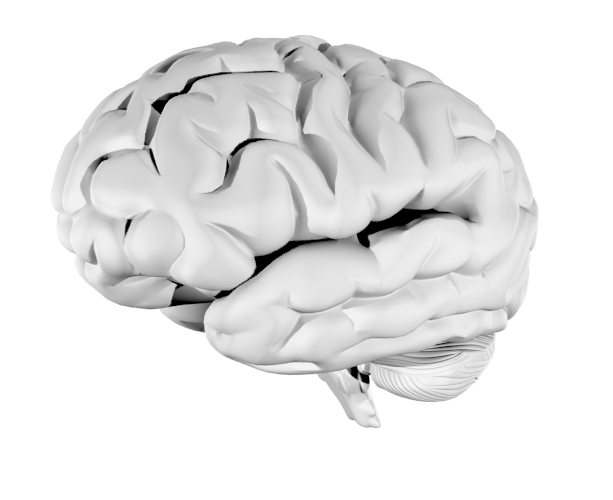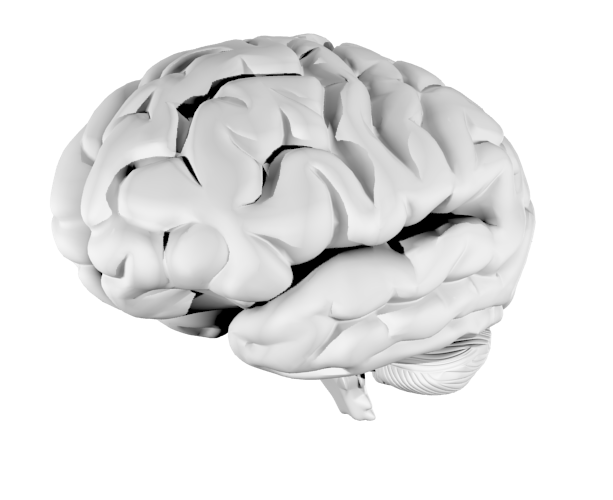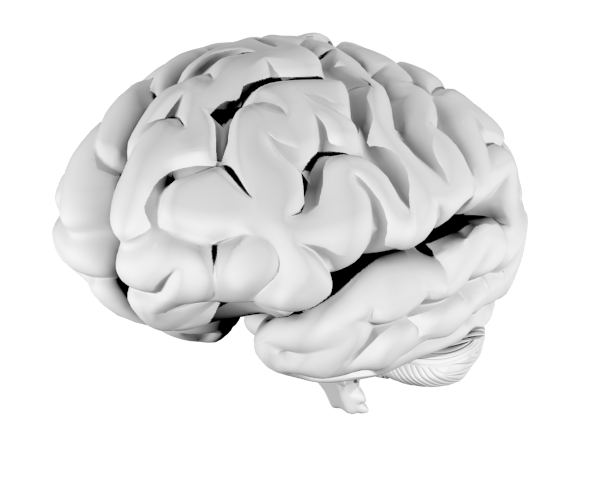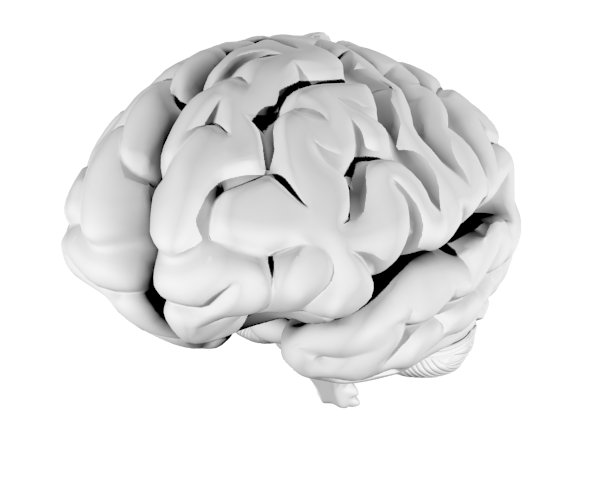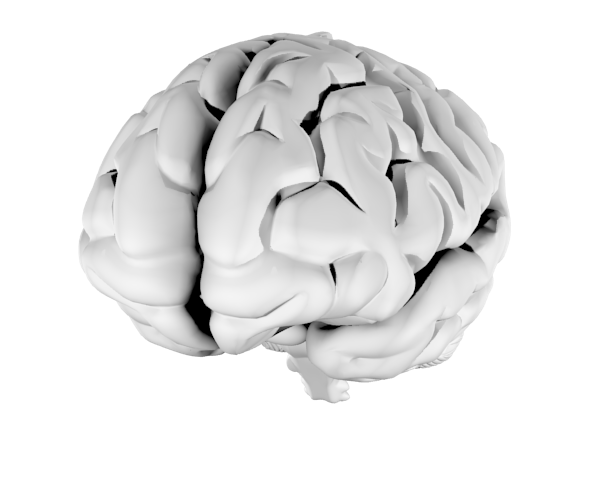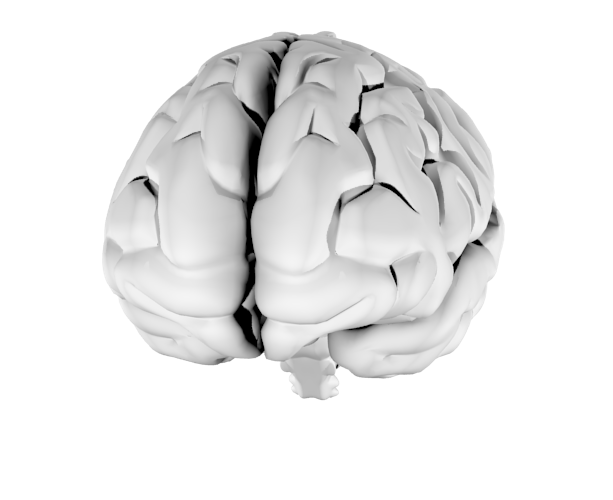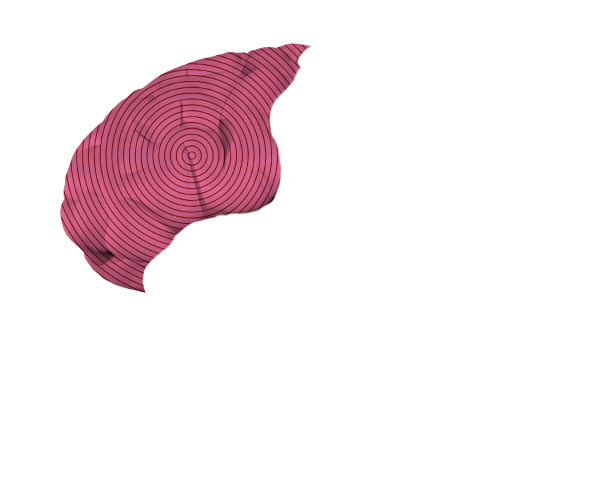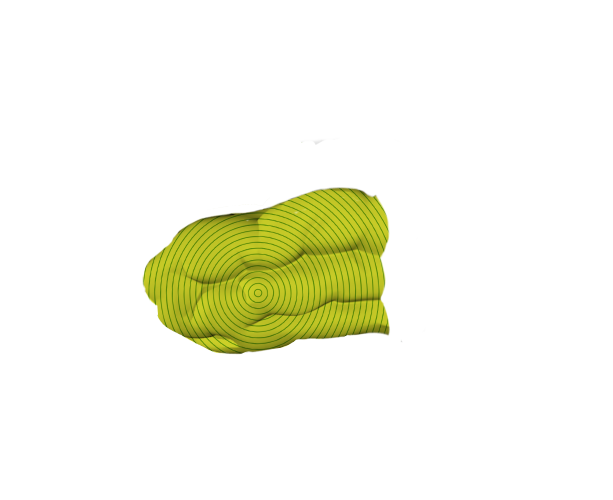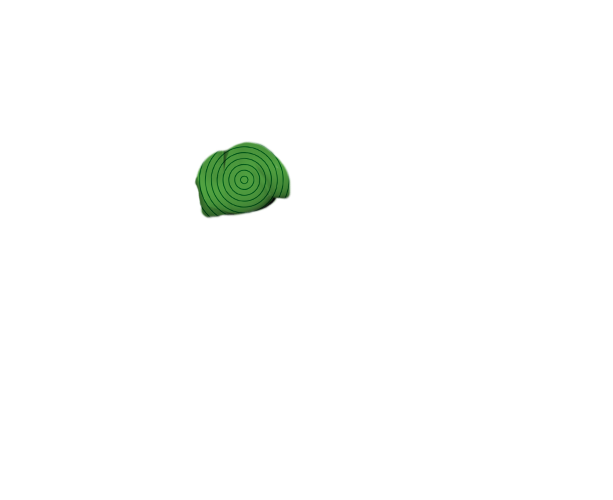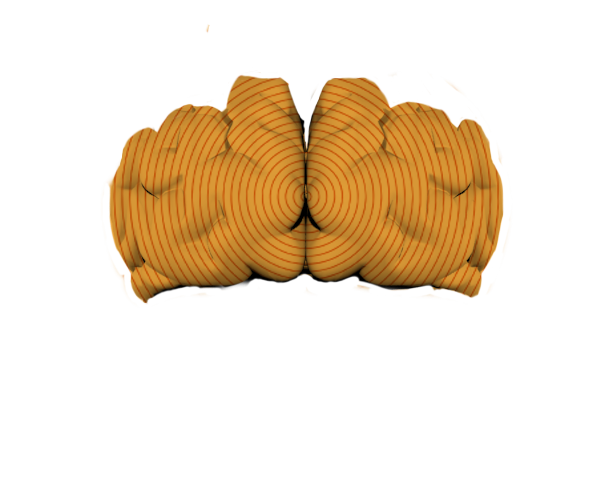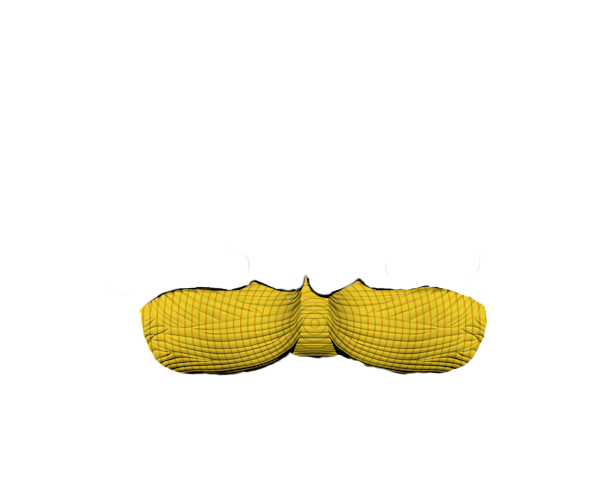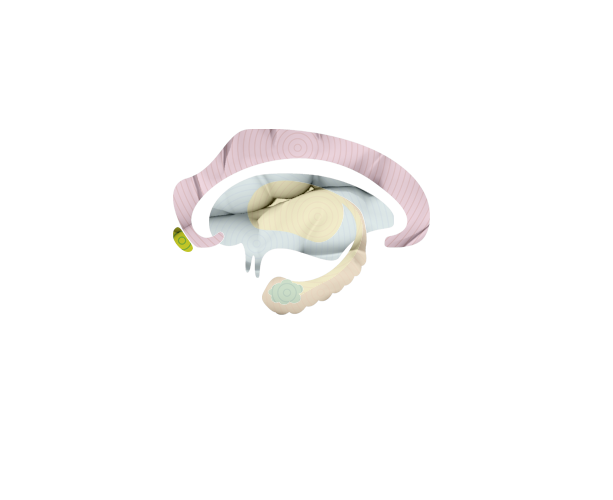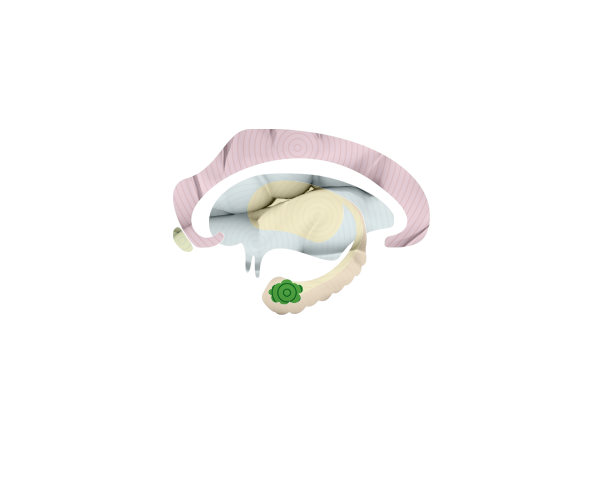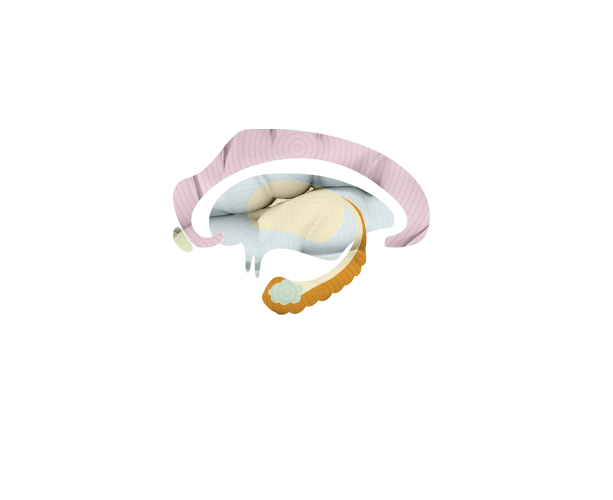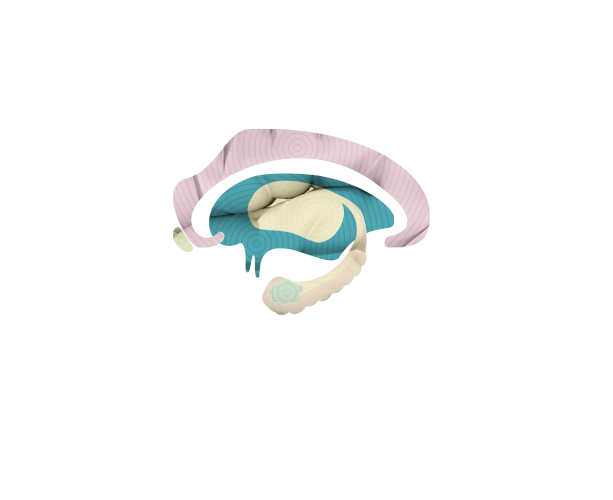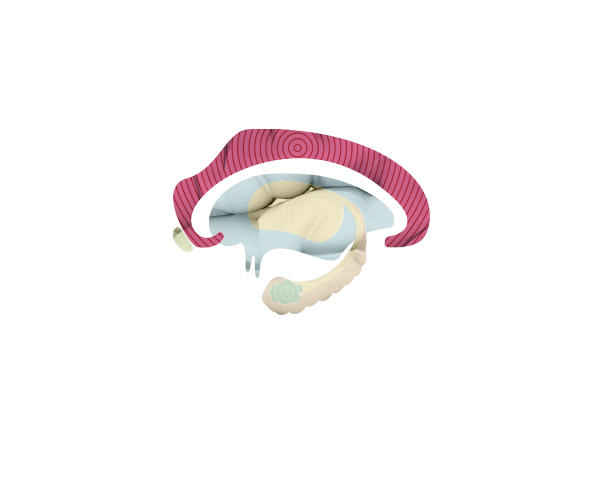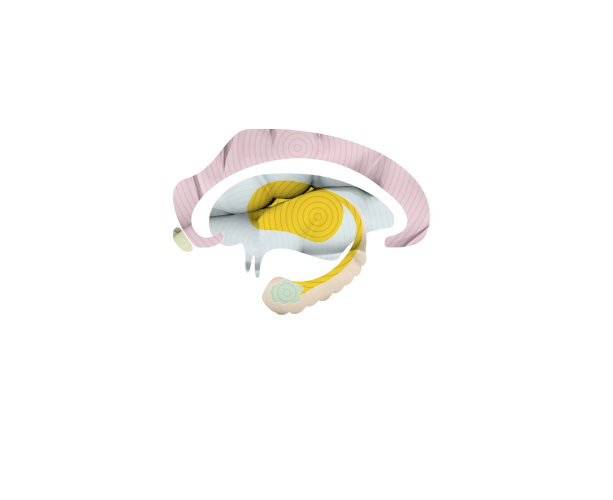
Since 2006, two UCF professors — neuroscientist Kiminobu Sugaya and world-renowned violinist Ayako Yonetani — have been teaching one of the most popular courses in The Burnett Honors College. “Music and the Brain” explores how music impacts brain function and human behavior, including by reducing stress, pain and symptoms of depression as well as improving cognitive and motor skills, spatial-temporal learning and neurogenesis, which is the brain’s ability to produce neurons. Sugaya and Yonetani teach how people with neurodegenerative diseases such as Alzheimer’s and Parkinson’s also respond positively to music.
“Usually in the late stages, Alzheimer’s patients are unresponsive,” Sugaya says. “But once you put in the headphones that play [their favorite] music, their eyes light up. They start moving and sometimes singing. The effect lasts maybe 10 minutes or so even after you turn off the music.”
This can be seen on an MRI, where “lots of different parts of the brain light up,” he says. We sat down with the professors, who are also husband and wife, and asked them to explain which parts of the brain are activated by music.
How the Brain Responds to Music
Frontal Lobe
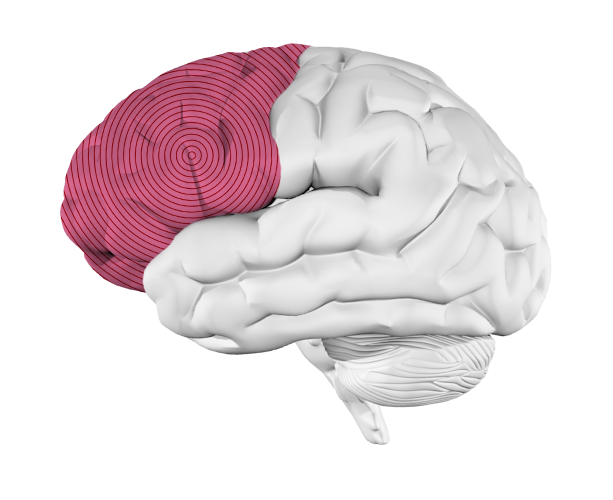
What
Used in thinking, decision-making and planning
How
“The frontal lobe is the most important to being a human. We have a big frontal lobe compared to other animals. By listening to music, we can enhance its functions,” Sugaya says.
Temporal Lobe
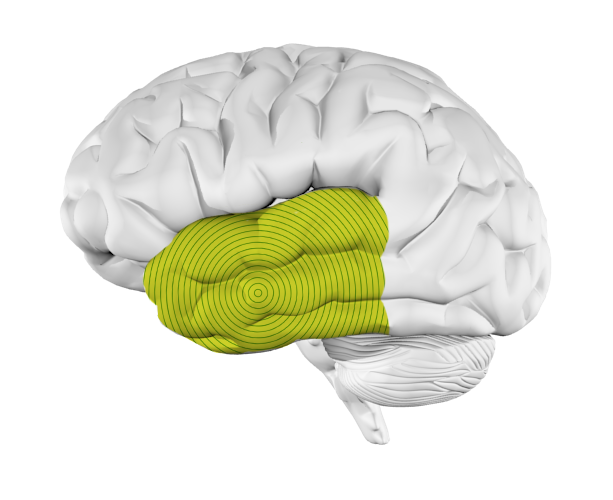
What
Processes what we hear
How
“We use the language center to appreciate music, which spans both sides of the brain, though language and words are interpreted in the left hemisphere while music and sounds are inerpreted in the right hemisphere,” Yonetani says.
Broca’s Area
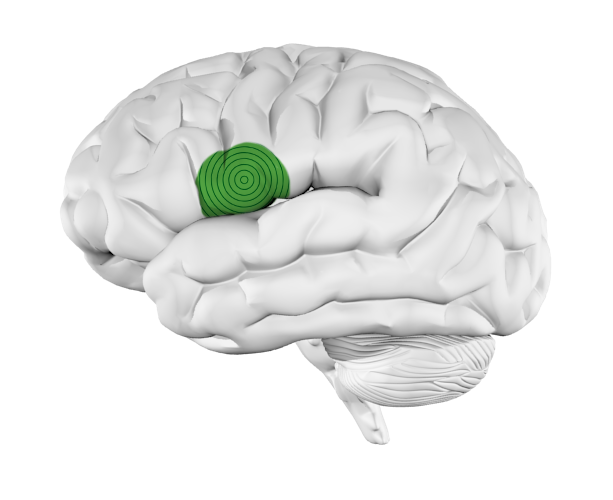
What
Enables us to produce speech
How
“We use this part of the brain to express music,” Yonetani says. “Playing an instrument may improve your ability to communicate better.”
Wernicke’s Area
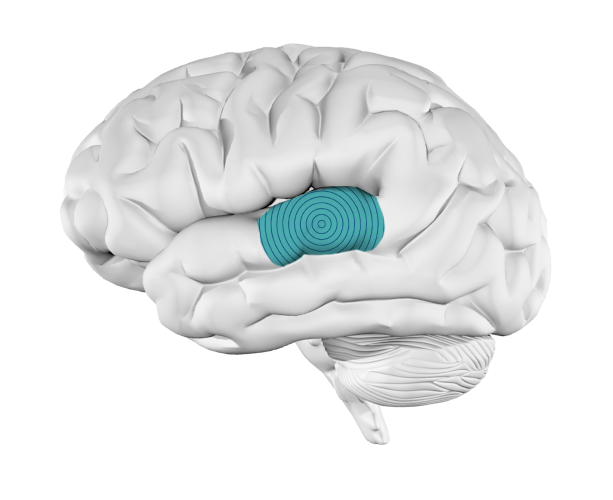
What
Comprehends written and spoken language
How
“We use this part of the brain to analyze and enjoy music,” Yonetani says.
Occipital Lobe
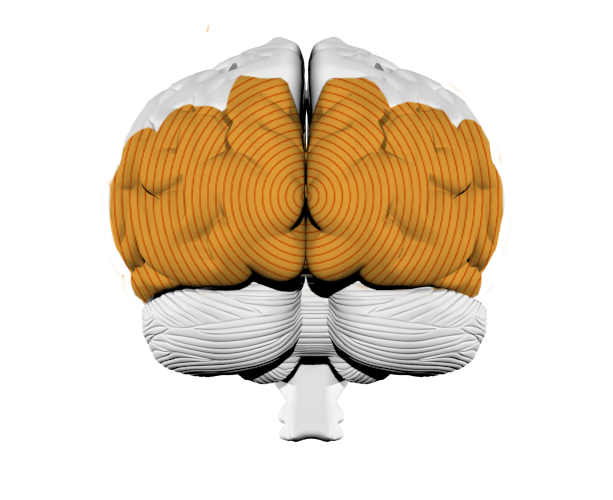
What
Processes what we see
How
“Professional musicians use the occipital cortex, which is the visual cortex, when they listen to music, while laypersons, like me, use the temporal lobe — the auditory and language center. This suggests that [musicians] might visualize a music score when they are listening to music,” Sugaya says.
Cerebellum
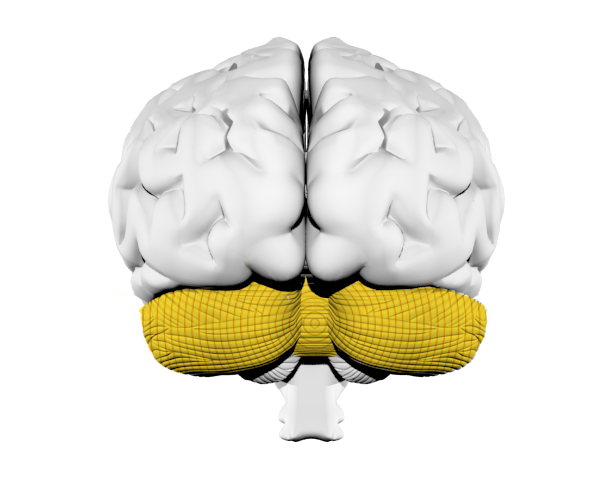
What
Coordinates movement and stores physical memory
How
“An Alzheimer’s patient, even if he doesn’t recognize his wife, could still play the piano if he learned it when he was young because playing has become a muscle memory. Those memories in the cerebellum never fade out,” Sugaya says.
Nucleus Accumbens
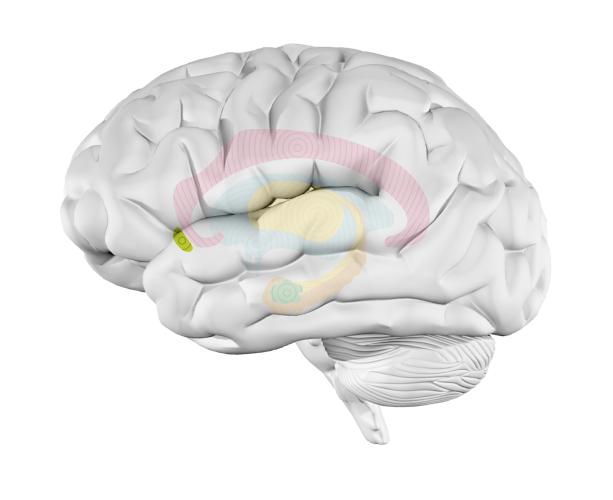
What
Seeks pleasure and reward and plays a big role in addiction, as it releases the neurotransmitter dopamine
How
“Music can be a drug — a very addictive drug because it’s also acting on the same part of the brain as illegal drugs,” Sugaya says. “Music increases dopamine in the nucleus accumbens, similar to cocaine.”
Amygdala
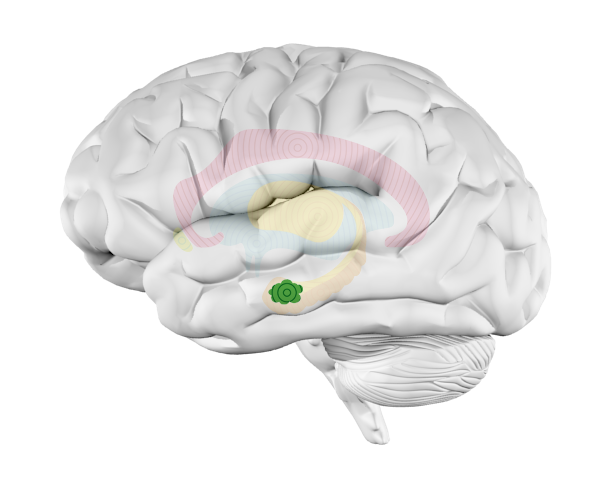
What
Processes and triggers emotions
How
“Music can control your fear, make you ready to fight and increase pleasure,” Yonetani says. “When you feel shivers go down your spine, the amygdala is activated.”
Hippocampus
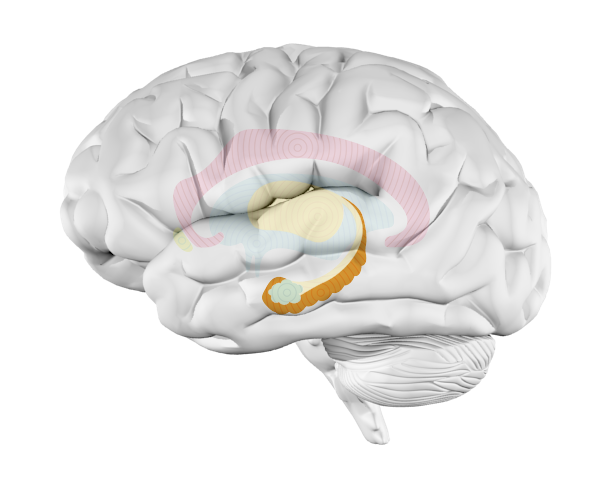
What
Produces and retrieves memories, regulates emotional responses and helps us navigate. Considered the central processing unit of the brain, it’s one of the first regions of the brain to be affected by Alzheimer’s disease, leading to confusion and memory loss.
How
“Music may increase neurogenesis in the hippocampus, allowing production of new neurons and improving memory,” Yonetani says.
Hypothalamus
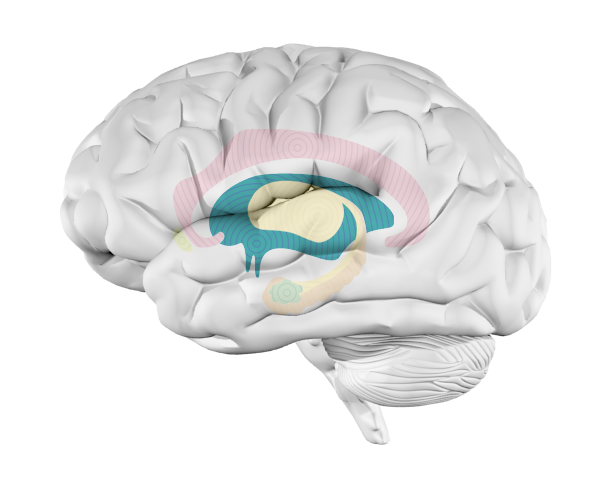
What
Maintains the body’s status quo, links the endocrine and nervous systems, and produces and releases essential hormones and chemicals that regulate thirst, appetite, sleep, mood, heart rate, body temperature, metabolism, growth and sex drive — to name just a few
How
If you play Mozart, for example, “heart rate and blood pressure reduce,” Sugaya says.
Corpus Callosum
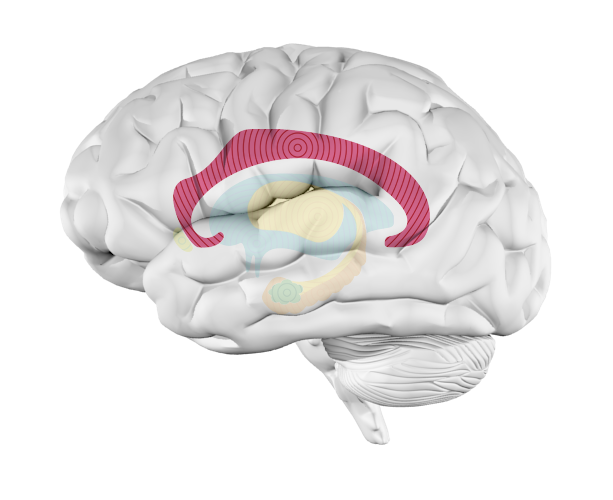
What
Enables the left and right hemispheres to communicate, allowing for coordinated body movement as well as complex thoughts that require logic (left side) and intuition (right side)
How
“As a musician, you want to have the right-hand side and the left-hand side of the brain in coordination, so they talk to each other,” Sugaya says. This allows pianists, for example, to translate notes on a sheet to the keys their fingers hit to produce music.
Putamen
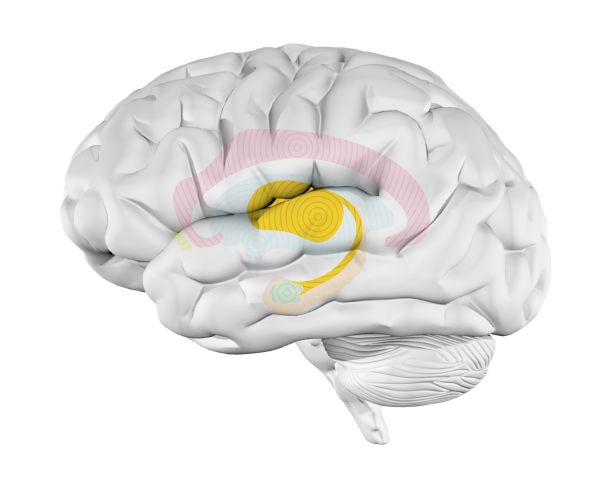
What
Processes rhythm and regulates body movement and coordination
How
“Music can increase dopamine in this area, and music increases our response to rhythm,” Yonetani says. “By doing this, music temporarily stops the symptoms of Parkinson’s disease. Rhythmic music, for example, has been used to help Parkinson’s patients function, such as getting up and down and even walking because Parkinson’s patients need assistance in moving, and music can help them kind of like a cane. Unfortunately, after the music stops, the pathology comes back.”
